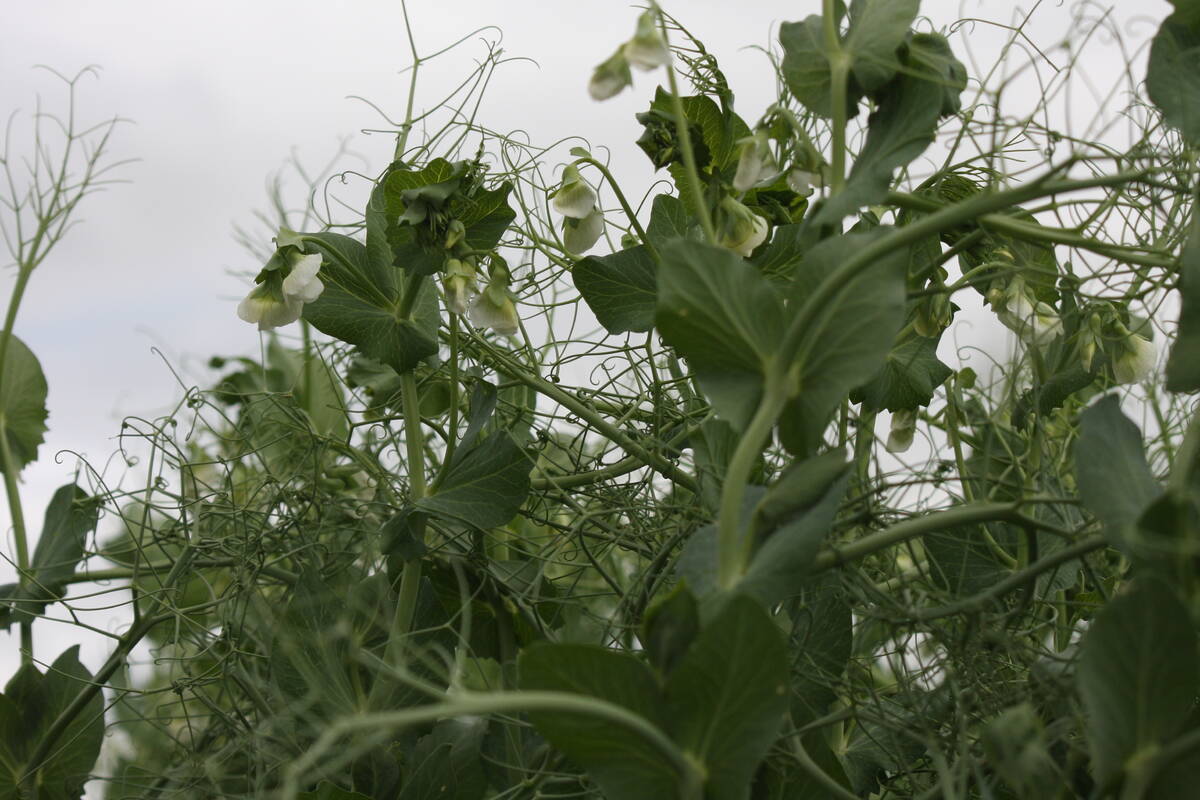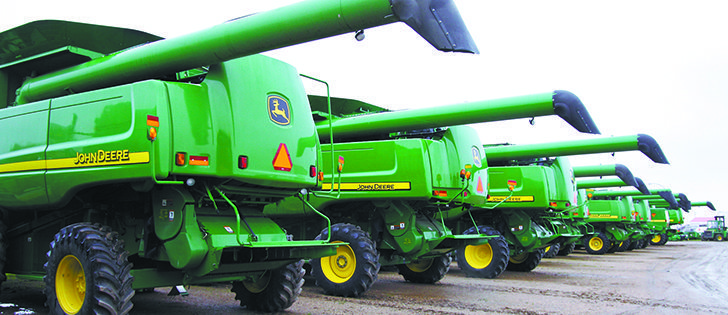Per acre revenue drives sales | Company believes large crop will offset falling prices
When analysts look at Deere and Company, they appear to be seeing corn prices on wheels.
But Deere officials repeatedly stressed to analysts during its most recent quarterly financial results conference call that to a farmer, the price is only half the equation. The quantity growing in his field makes up the other half.
“With forecasts of a bumper crop, lower crop prices and an increase in (stocks to use) ratios, our initial outlook for 2014 U.S. farm cash receipts is down modestly, but remains at a historically high level,” said Deere manager of investor communications Susan Karlix during the call.
Read Also

High pea yields shock farmers
There is going to be a massive pea carryout at the end of this crop year.
Deere reported much better than expected earnings so far this financial year, but forecast a decline in earnings for the fourth quarter, sparking a modest decline in the company’s shares.
Deere’s sales gains came mostly from agricultural equipment, which rose eight percent in total providing a 32 percent gain in profitability for that area of its production.
The company said it expects sales to decrease slightly in the fourth quarter compared to the same period last year, mostly due to late 2012 having a remarkably high level of sales.
Analysts repeatedly asked about Deere’s estimate that U.S. farm cash receipts would only marginally drop in 2013 compared to 2012 and about its feeling that farmers would focus on cash returns rather than crop prices alone.
Deere deputy financial officer Marie Ziegler explained the equation to analysts.
“In our modelling, far and away the biggest driver and the highest correlation (to farmer spending on equipment) is cash receipts, and it doesn’t discriminate between the commodity price and the quantity,” said Ziegler.
She was also challenged about whether Deere’s farm receipts and equipment spending projections were too bullish in the light of lower corn prices.
“At this stage in the game, this is our best forecast. And remember that cash receipts is a function of quantity, which will be very good this year, in addition to price and I think perhaps some aren’t focusing as much on the quantity.”
In response to another question about dropping corn prices, Deere manager of investor relations Tony Huegel described how contemporary prices aren’t bad compared to most years.
“There’s a lot of conversation about the $4.90 corn (price estimate.) You know, if you look back historically, that is still very strong pricing for corn,” said Huegel.
“Certainly down from last year, but keep in mind that last year’s price was very high coming off very low production due to the drought.”
Later in the call, the question of whether peak farm receipts had been reached was raised again, something Deere officials said wasn’t necessarily so.
“If you look at the fundamental tailwinds of demand for ag commodities, it is very strong,” said Deere chief financial officer Raj Kalathur.
“It’s continuing to be very strong, and that’s a primary driver. So weather may impact it one year to the next, but the fundamental drivers of demand are still in place and that’s going to drive our business here.”
Deere had agricultural machinery sales gains in the U.S. and Canada, had big gains in South America, but saw decreases in Europe, which it attributed to economic and financial problems there.
















